SOURCE: AFI
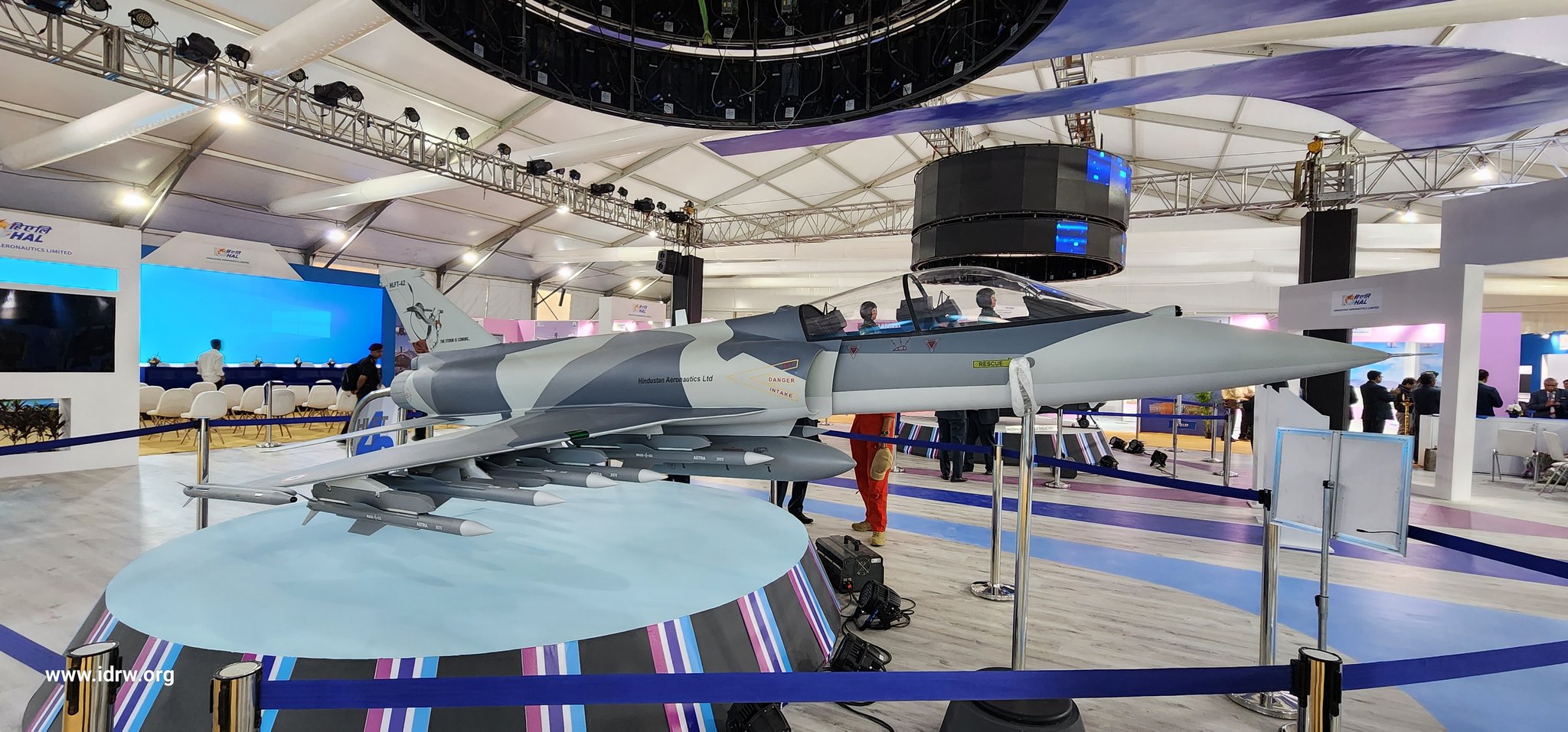
Hindustan Aeronautics Limited (HAL) unveiled its HLFT-42 (Hindustan Lead-in Fighter Trainer) design at Aero India 2023, generating a wave of mixed reactions. The single-engine aircraft, adorned with a symbolic image of Maruti, the Hindu God of wind, promised a blend of training capabilities and combat prowess. However, several aspects of the design raise questions about its overall strategy.
The HLFT-42 evokes the HF-24 Marut, a past HAL project. While the Marut spirit of power and agility is commendable, some argue that a 4.5-generation trainer envisioned for 2030 or later seems like a niche concept for pure pilot training. This begs the question: is the HLFT-42 truly a fighter trainer, or a trainer with light combat ambitions?
Continue readingSOURCE: AFI
.jpg)
In 2012, Russia proposed selling several long-range Tupolev Tu-22M3 bombers to India, as part of a comprehensive military package that included the leasing of two Akula-class nuclear submarines and the acquisition of the aircraft carrier ‘Admiral Gorshkov’. Although the deal ultimately fell through due to financial considerations, the implications of such an acquisition by the Indian Navy would have been profound, particularly in the strategic context of the Indian Ocean Region (IOR).
The Tupolev Tu-22M3, also known as the Backfire-C, is a supersonic, long-range bomber capable of delivering significant payloads over vast distances. With a range of up to 7,000 kilometers and the capacity to carry three Kh-22 cruise missiles, the Tu-22M3 serves as a formidable platform within the Russian Air Force and Navy. Despite Russian assertions that the Tu-22M3 is “not a strategic” weapon, its operational capabilities suggest otherwise. The bomber’s ability to strike targets far from home bases, coupled with its high speed and payload, would have dramatically enhanced India’s strategic reach.
Continue readingSOURCE: AFI

India’s Defence Research and Development Organisation (DRDO) is making strides in improving the mobility of its Vertical Launch Short Range Surface-to-Air Missile (VLSRSAM) launcher. This involves crucial modifications to certain subsystems with the aim of weight reduction.
The VLSRSAM is a state-of-the-art air defense system designed to counter low-altitude aerial threats like aircraft, drones, and cruise missiles. It utilizes vertical launch technology, allowing for rapid deployment and launch from mobile platforms.
Continue readingSOURCE: IDRW.ORG.
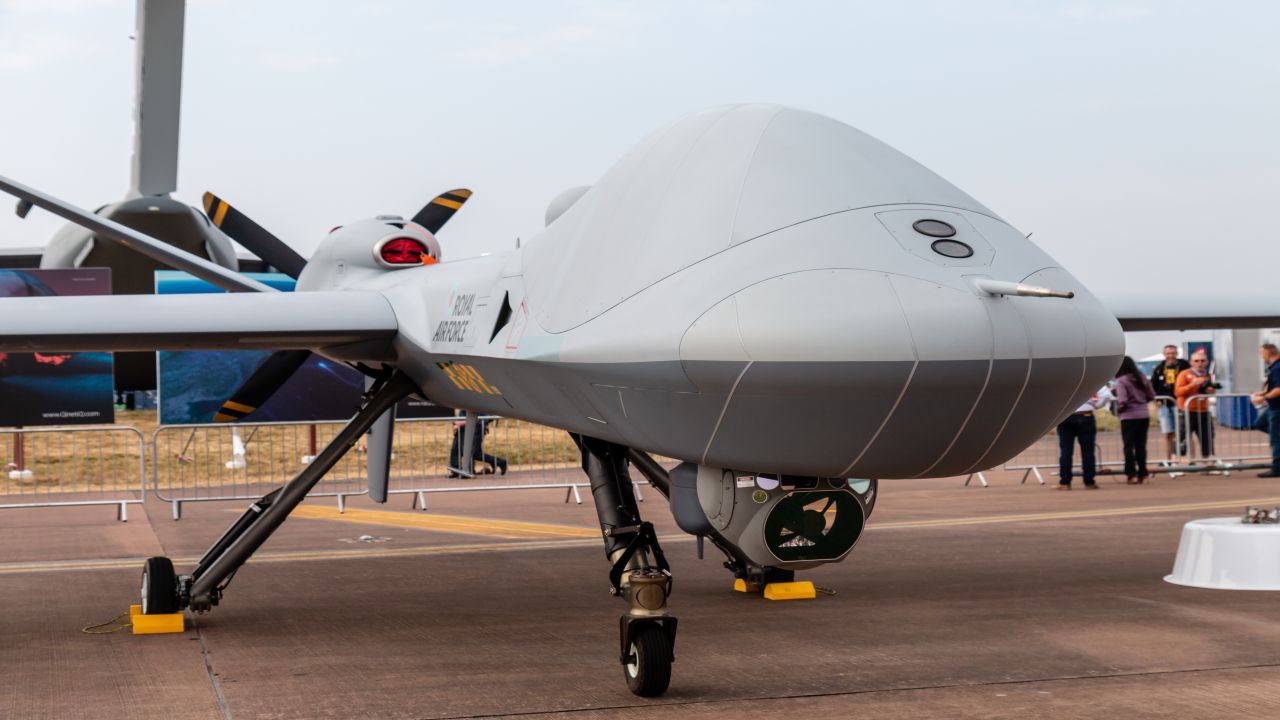
The Biden administration has taken a key step forward in finalizing a major defense deal with India. Following earlier approval, they have formally notified the US Congress of the possible sale of 31 MQ-9B armed drones to India. This notification formally initiates the congressional review process, paving the way for a final agreement later this year.
The proposed deal, estimated to be worth around $3 billion, is a significant boost to India’s defense capabilities. The MQ-9B Predator drones are known for their long-endurance flights (over 35 hours) and ability to carry a variety of weapons. This acquisition will significantly enhance India’s ability to conduct surveillance and reconnaissance missions, particularly along its disputed border with China, the Line of Actual Control (LAC).
Continue readingSOURCE: IDRW.ORG.

The Instrumentation Research & Development Establishment (IRDE), Dehradun, has successfully conducted flight trials of the Target Acquisition System (TAS) for the Man Portable Anti-Tank Guided Missile (MPATGM) at the Pokhran Field Firing Range (PFFR). The trials, held on April 12-13, 2024, demonstrated the capabilities of the TAS, along with Aerosol LiDAR and Cloud LiDAR systems (MS-3 and MS-10).
During the demonstration, users meticulously evaluated the received signals from the LiDAR systems. The performance and features of both the Aerosol LiDAR and Cloud LiDAR systems were appreciated, meeting all required specifications and proving suitable for installation and further trials at their sites.
Continue readingSOURCE: AFI
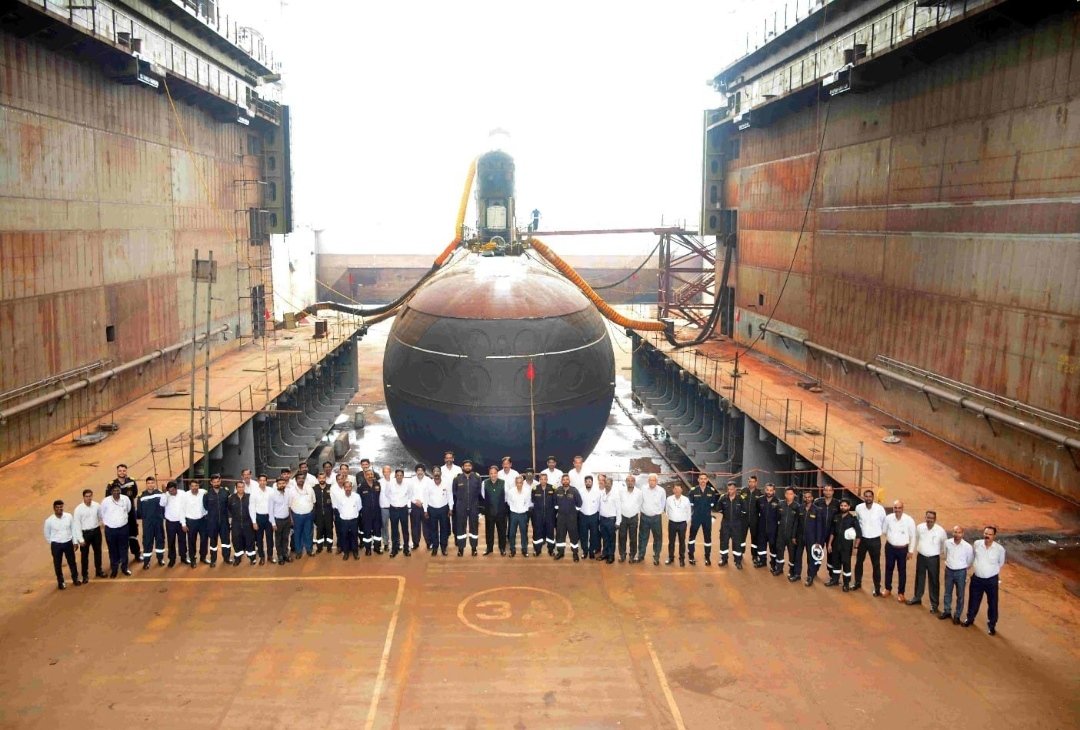
Hindustan Shipyard Limited (HSL) has achieved a remarkable feat with the successful undocking of a Russian-made EKM-class submarine on June 15th. This accomplishment, completed in record time despite facing challenges, highlights HSL’s growing capabilities and strengthens its position for future submarine construction opportunities under the Indian government’s “Make in India” initiative.
This achievement comes on the heels of a significant contract awarded by the Ministry of Defence (MoD) in 2023. The contract entails a Normal Refit of the Sindhukirti, a Kilo-class diesel-electric submarine, at the HSL shipyard in Visakhapatnam. This project, valued at a substantial Rs 934 crore, will revitalize the third submarine in India’s Kilo-class fleet.
Continue readingSOURCE: AFI

Intelligence sources in India have raised concerns about China’s rapid military infrastructure development in the Depsang Plains, a disputed area within India-claimed territory in eastern Ladakh. This development comes amid the ongoing border standoff between the two countries that began in May 2020.
Reports suggest the Chinese army, also known as the People’s Liberation Army (PLA), has significantly accelerated infrastructure projects in the Depsang Plains. This includes the construction of new highways and roads, along with bolstering military installations along the north and south banks of Pangong Tso Lake, which also falls within India’s claimed territory.
Continue readingSOURCE: AFI

Azerbaijan President Ilham Aliyev has officially extended an invitation to Indian Prime Minister Narendra Modi to attend the 29th Conference of the Parties (COP29) climate summit, which is scheduled to take place in Baku, Azerbaijan, from November 11 to November 22. This annual climate summit, hosted by the United Nations Framework Convention on Climate Change (UNFCCC), will focus on global efforts to limit global warming, adapt to the impacts of climate change, and mobilize financing for these critical activities.
COP29 is set to be a significant event, drawing leaders, policymakers, scientists, and activists from around the world. The summit will serve as a platform for nations to discuss and negotiate strategies to mitigate climate change, enhance resilience, and secure the necessary funding to implement these measures. As the host nation, Azerbaijan is poised to play a pivotal role in facilitating these discussions and driving international cooperation.
Continue readingSOURCE: AFI

In a move that could strain relations, Japan is considering imposing sanctions on companies from India, China, the UAE, and Uzbekistan for allegedly helping Russia circumvent existing sanctions. This comes despite India being a close ally of Japan in both business and security matters.
The decision, announced by Japan’s Chief Secretary Yoshimasa Hayashi, reflects a closer alignment with the US position on the Ukraine conflict. The sanctions would target companies from these four Quad alliance members (India, Japan, US, Australia) that have continued to do business with Russia. This follows a similar move by Japan where it imposed sanctions on activists of Hamas and Hezbollah during the Israeli-Palestinian conflict, despite India’s more neutral stance.
Continue readingSOURCE: AFI
In a significant development, India is set to host a team of World Bank experts and a delegation from Pakistan for discussions regarding hydroelectric power projects in Jammu and Kashmir (J&K) that have been a point of contention between the two nations.
These talks will take place under the framework of the 1960 Indus Waters Treaty (IWT), a World Bank-backed agreement that governs water sharing and development of the Indus River system. The treaty allocates the western rivers (Indus, Jhelum, Chenab) to Pakistan for irrigation and hydropower purposes, while the eastern rivers (Ravi, Beas, Sutlej) fall under India’s control.
Continue readingSOURCE: RAUNAK KUNDE / NEWS BEAT / IDRW.ORG
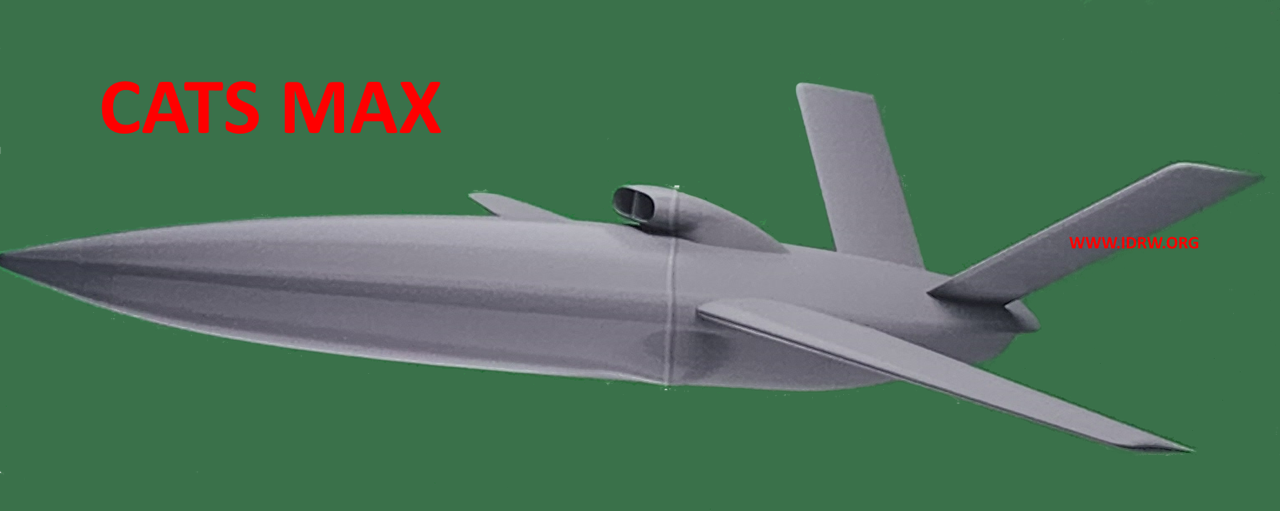
Hindustan Aeronautics Limited (HAL) is making significant progress on its unmanned combat aerial vehicle (UCAV) program, codenamed CATS Warrior. This project initially focused on the CATS Warrior, a smaller (under 1-ton) UCAV designed to operate as a “loyal wingman” for manned fighter jets and conduct deep penetration strikes.
However, new information by idrw.org suggests HAL is also developing a larger variant: the CATS Warrior II. This heavier UCAV will be a game-changer, boasting a near 5-ton All-Up Weight (AUW). Powered by a domestically produced Hindustan Turbo Fan Engine (HTFE-25), the CATS Warrior II is expected to carry a substantial weapons payload of 400-500 kg. Additionally, its impressive endurance of over 10 hours and service cruise altitude near 35,000 ft will provide significant operational flexibility.
Continue readingSOURCE: RAUNAK KUNDE / NEWS BEAT / IDRW.ORG
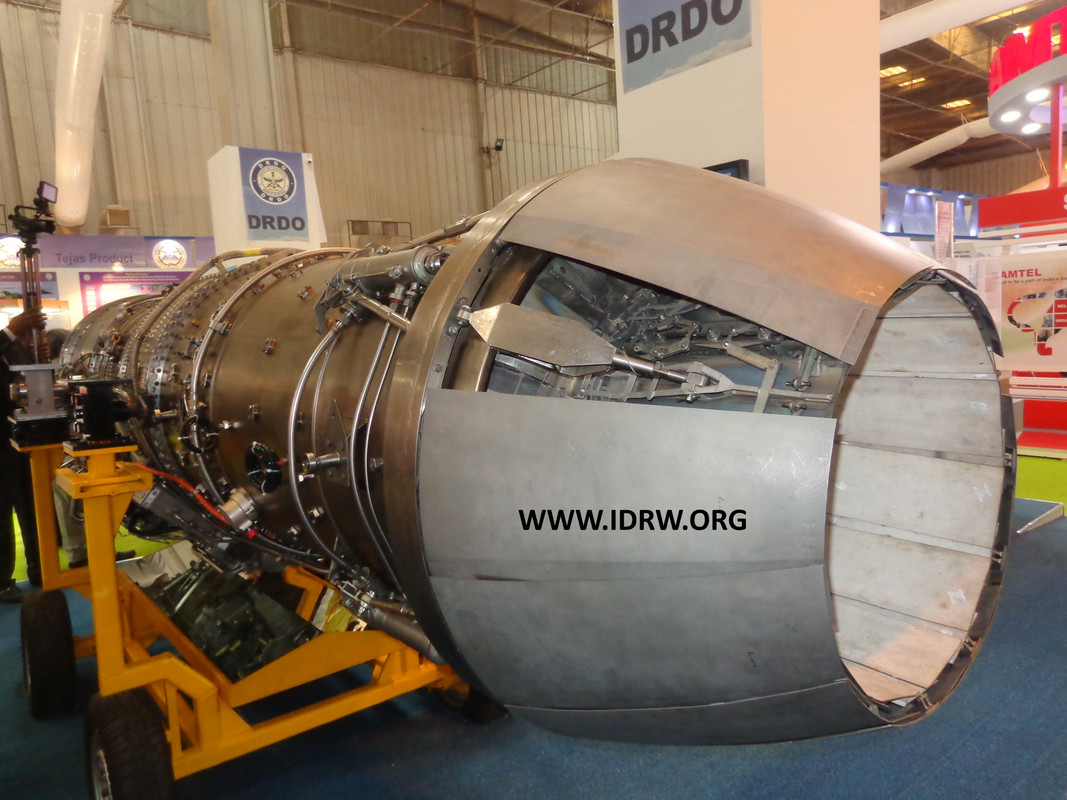
HAL officals shed light on idrw.org why AMCA will require unique engine thrust. Central to this development is the creation of a new engine specifically tailored to meet the unique requirements of India’s operational environment. The AMCA will be powered by two 110kN thrust class engines, ensuring superior performance and reliability even under the country’s challenging hot and humid conditions.
One of the standout features of the AMCA is its capability to supercruise, allowing it to sustain supersonic speeds without engaging afterburners. This is achieved through the powerful 110kN thrust class engines, which are designed to generate sufficient power for the aircraft’s radar and avionics systems.
Continue readingSOURCE: RAUNAK KUNDE / NEWS BEAT / IDRW.ORG

Cochin Shipyard Limited (CSL), riding high on the successful delivery of INS Vikrant, India’s first domestically built aircraft carrier, has presented a compelling proposal to the Indian Navy. The proposal outlines a significantly reduced construction timeframe for a sister ship to INS Vikrant.
Building INS Vikrant was a monumental undertaking, taking nearly 13 years from keel-laying to sea trials. However, CSL is confident of slashing this timeframe to just 7 years for the next carrier. This ambitious target hinges on two key factors.
Continue readingSOURCE: AFI

India’s recent collaboration with Abu Dhabi’s EDGE Group for joint weapon system development opens promising avenues for the Indian Armed Forces. While specific details remain undisclosed, here are five EDGE-developed systems ideally suited for local manufacturing in India:
Continue readingSOURCE: AFI

A recently surfaced image featuring the Indian ballistic missile submarine INS Arihant and the Russian Akula-class attack submarine INS Chakra II has sparked discussions online. This side-by-side comparison highlights the distinct design philosophies employed in these underwater giants.
The Akula boasts a unique double-hull design. This configuration consists of an inner pressure hull, which safeguards the crew and equipment, and a lighter outer hull. This approach offers greater flexibility in shaping the exterior, resulting in superior buoyancy compared to its Western counterparts. The prominent “bulb” atop the Akula’s rudder houses its towed sonar array when not in use. Additionally, Akula-class submarines possess hydrodynamic sensors for wake detection, strategically positioned on the leading edge of the sail, outer hull casing, and forward bottom of the hull.
Continue reading